How to Manufacturer a Zinc Alloy Die Cast USB Drive Shell
Why Choose Zinc Die Casting
Zinc die casting is a highly favored method for manufacturing USB drive shells due to its numerous advantages and properties. Die cast companies often choose zinc alloys for various applications, including automotive die casting and alloy die casting. One commonly used zinc alloy in die casting is Zamak, a popular choice known for its excellent die cast material properties.
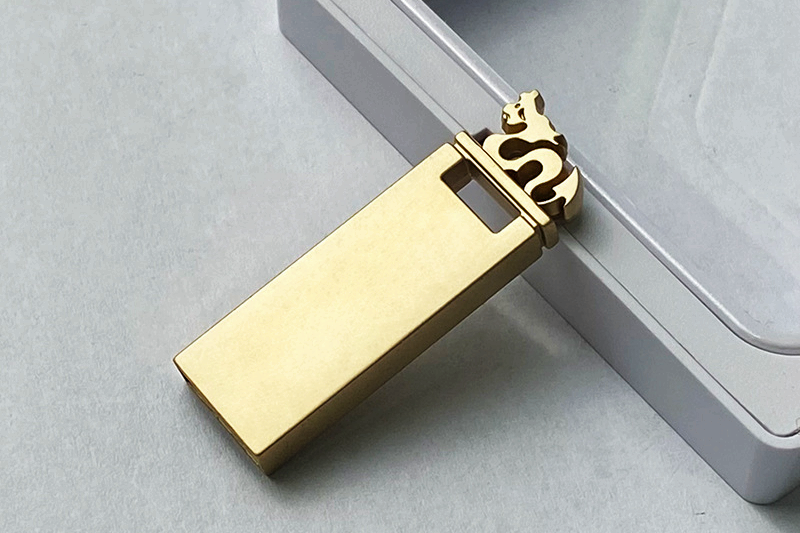
In addition, you can also choose to use metal injection molding MIM to produce the USB shell. This method is mainly made of stainless steel, iron alloy and other materials.
Benefits of Zinc Die Cast USB Drive Shell
Zinc Material Properties
The die cast zinc material properties make it well-suited for USB drive shells. Zinc alloys offer exceptional physical characteristics, such as high strength, durability, and dimensional stability. These properties ensure that the USB drive shell can withstand the rigors of everyday use, including frequent insertion and removal from various devices, without compromising its structural integrity.
Die Casting Design Flexibility
Zinc die casting service provides design flexibility, allowing for the creation of intricate and complex USB drive shell designs. Die cast companies can produce USB drive shells with unique shapes, patterns, and textures to differentiate their products and meet specific customer preferences. This versatility in design helps manufacturers stay competitive in the market.
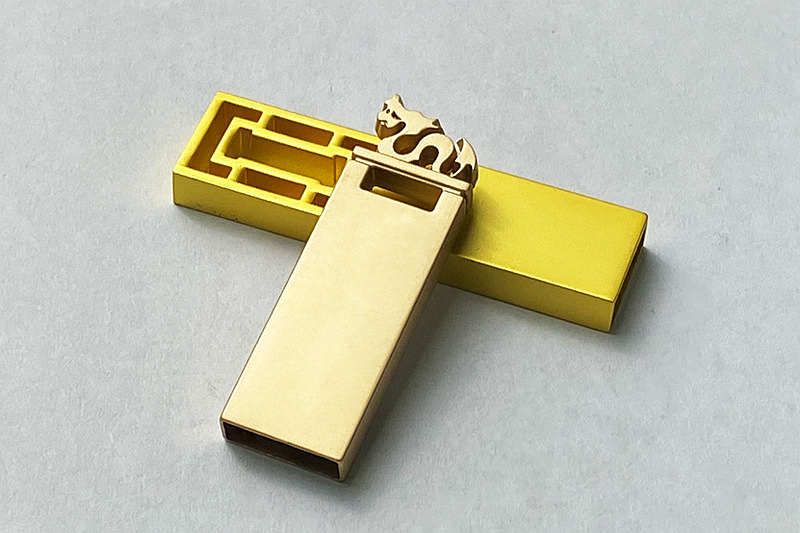
Cost-effective
Cost efficiency is another significant advantage of zinc die casting for USB drive shells. Zinc is a relatively low-cost material, and the die casting process enables high-volume production with minimal waste. The combination of affordable material cost and production efficiency makes zinc die casting a cost-effective choice for manufacturing USB drive shells.
Excellent Surface Finishes Properties
The surface finish options available with zinc die casting further enhance the appeal of USB drive shells. Die cast companies can achieve a wide range of surface finishes, from smooth and polished to textured or matte. This flexibility allows manufacturers to meet various aesthetic requirements and provide visually appealing USB drive shells.
Corrosion Resistance
In addition to its physical properties, zinc die castings also exhibit excellent corrosion resistance. USB drive shells often come into contact with environmental factors like moisture, humidity, and everyday handling. The corrosion resistance of zinc alloys ensures that the USB drive shells can withstand such exposure without significant degradation, guaranteeing their longevity and performance.
USB Drive Shell Zinc Die Cast Operate Steps
Casting Preparation
The zinc die casting process involves several steps. It begins with the preparation of the die casting machine, which requires thorough cleaning and maintenance. The zinc alloy material, typically Zamak, is then melted in a furnace to form the molten metal.
Zinc Injection
Next, the molten zinc alloy is injected into a mold under high pressure. This pressure facilitates the filling of the mold cavities, resulting in a detailed reproduction of the USB drive shell design. Once the metal solidifies within the mold, the die is opened, and the newly formed USB drive shell is ejected.
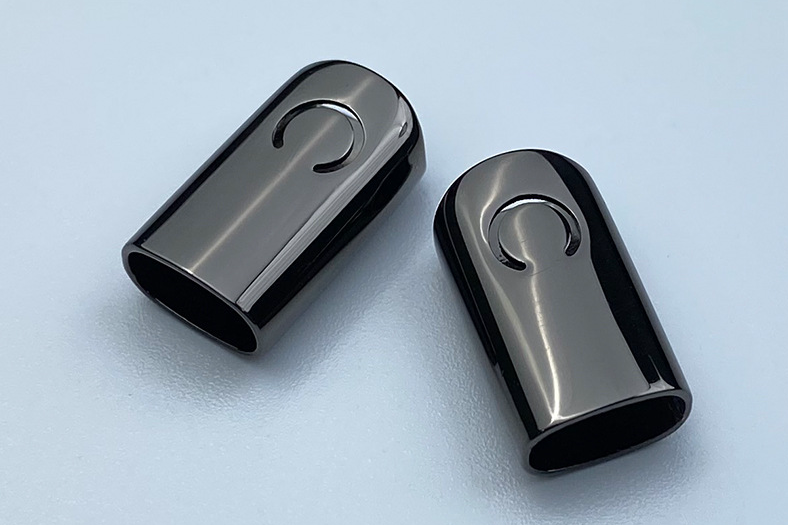
Post Processing
After the casting process, the USB drive shell undergoes trimming and finishing to remove any excess material, such as flash or burrs. Various tools like cutting, grinding, or machining may be used to achieve the desired dimensions and surface finish.
Surface Finishing
Surface treatments can also be applied to enhance the appearance and durability of the USB drive shell. These treatments may include polishing, plating (e.g., nickel or chrome), painting, or powder coating, depending on the desired aesthetic and functional requirements.
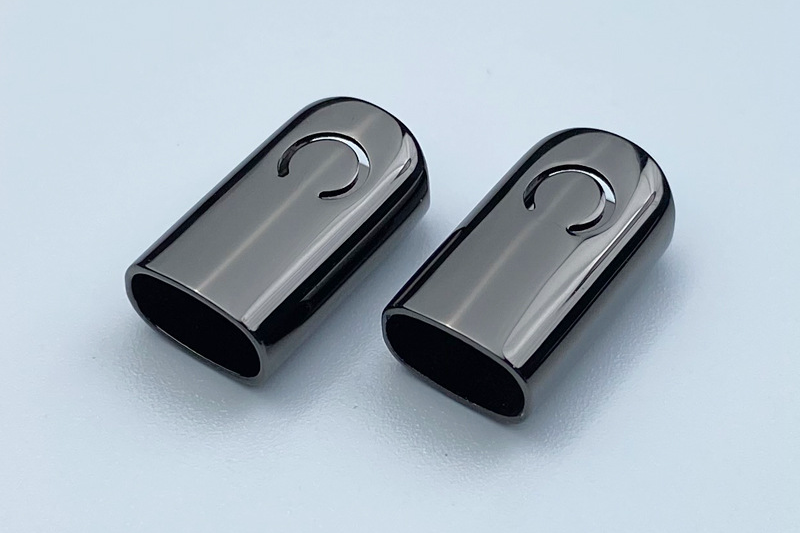
Quality Checking
Quality control is essential throughout the manufacturing process. Inspecting the finished USB drive shells for defects and imperfections ensures that they meet the required standards and functionality. Additionally, the shells are assembled with other components, such as circuit boards and connectors, following the manufacturer's guidelines.
In conclusion, zinc die casting offers a wide range of benefits for manufacturing USB drive shells. Its excellent material properties, design flexibility, cost efficiency, corrosion resistance, and recyclability make it an ideal choice for die cast companies. By utilizing the zinc die casting process and leveraging the advantages of zinc alloys like Zamak, manufacturers can produce high-quality USB drive shells that meet the demands of the market and consumers.
Considerations, challenges, and solutions
Considerations, challenges, and solutions in zinc alloy die-casting for USB drive shells involve several key factors. Die cast companies specializing in automotive die casting and alloy die casting often utilize zinc diecast materials, particularly the popular Zamak alloy. Understanding the die cast zinc material properties and the zinc die casting process is crucial for overcoming challenges and achieving successful results.
Considerations
1. Design Complexity: Designing intricate USB drive shell designs requires careful consideration of parting lines, draft angles, and ejector pin placements. Collaborating with experienced mold designers helps optimize the design for efficient filling and proper ejection.
2. Material Selection: Choosing the right zinc alloy composition, such as Zamak, is essential to balance mechanical properties, corrosion resistance, and cost-effectiveness for USB drive shells.
3. Surface Finish Requirements: USB drive shells often require specific surface finishes, such as smoothness or plating. Ensuring dimensional accuracy while achieving the desired finish requires meticulous control over the die casting process.
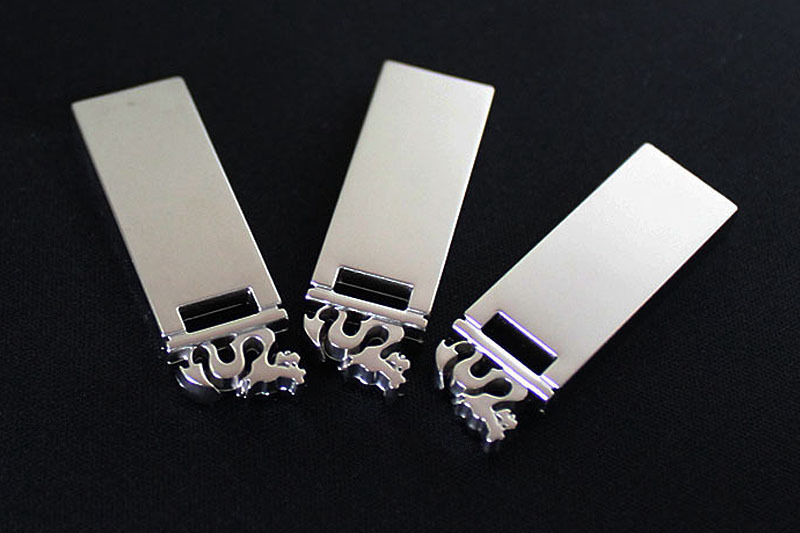
Challenges
1. Porosity: Zinc alloys can be susceptible to porosity, which can affect the structural integrity and aesthetics of the USB drive shell. Optimizing the die casting parameters, such as temperature, pressure, and cooling, helps minimize porosity and improve casting quality.
2. Heat Dissipation: USB drives generate heat during operation, making proper heat dissipation within the die-cast shell crucial to prevent overheating. Incorporating features like heat sinks or efficient venting within the design enhances thermal management.
3. Tooling and Mold Maintenance: Regular maintenance and monitoring of molds and tooling are necessary to prevent wear, damage, or defects during the die-casting process. This includes cleaning, lubrication, and timely repair.
Solutions
1. Design Optimization: Collaborate with experienced mold designers to optimize the USB drive shell design, ensuring efficient filling, minimizing porosity, and facilitating proper ejection.
2. Process Optimization: Fine-tune the die casting parameters, such as temperature, pressure, and cooling, to reduce porosity and achieve better overall casting quality for the USB drive shell.
3. Thermal Management: Incorporate features like heat sinks or efficient venting within the USB drive shell design to enhance heat dissipation and prevent overheating during operation.
4. Quality Control Measures: Implement stringent quality control measures, including regular inspection, testing, and monitoring of the die casting process, to identify and address any defects or issues promptly.
5. Maintenance and Monitoring: Establish a regular maintenance schedule for molds and tooling, ensuring proper cleaning, lubrication, and repair to optimize performance and prolong tool life.
By considering these factors and implementing suitable solutions, die cast companies can overcome challenges in zinc alloy die-casting for USB drive shells. Utilizing the advantages of zinc diecast materials, such as Zamak, and mastering the zinc die casting process enable the production of high-quality USB drive shells that meet design requirements, exhibit superior material properties, and achieve customer satisfaction.
